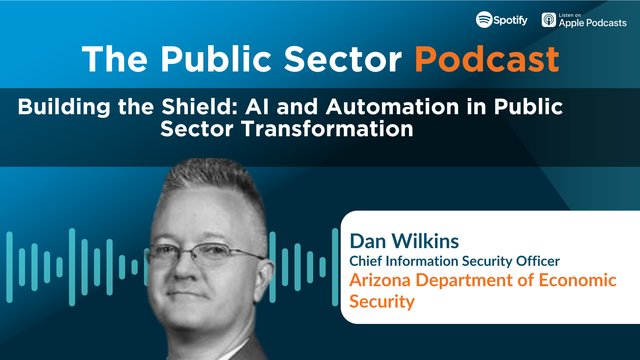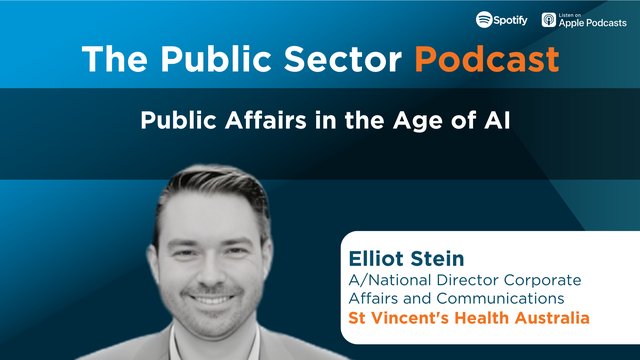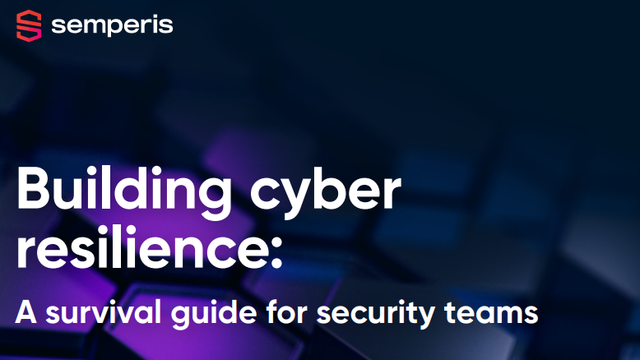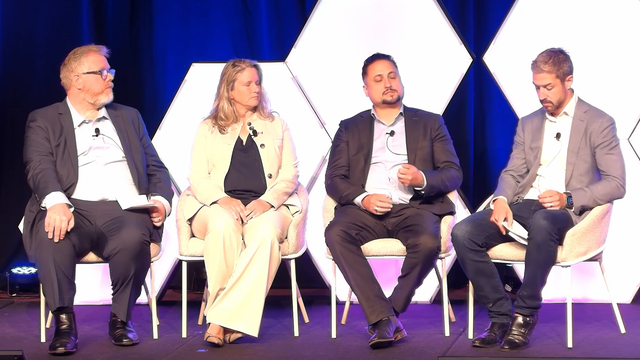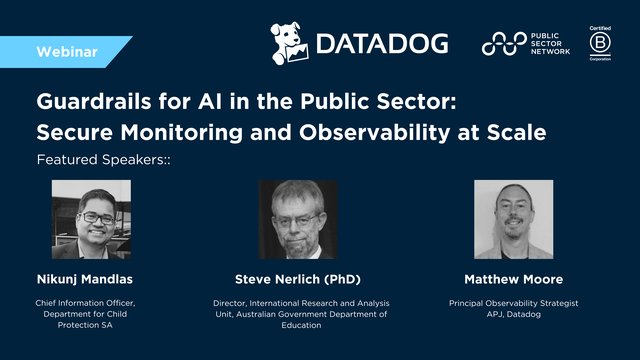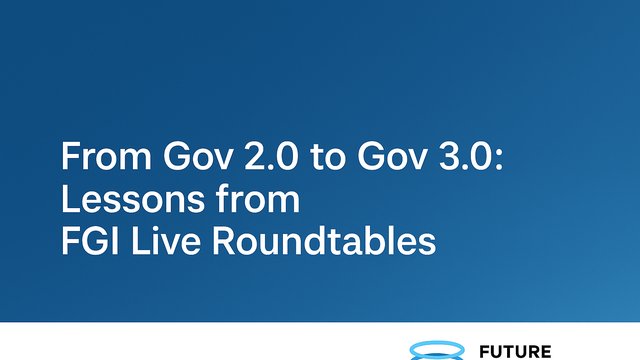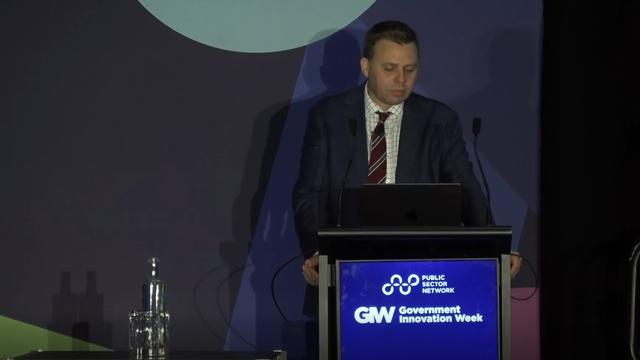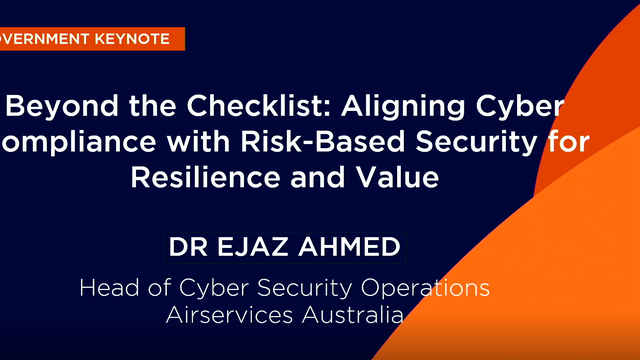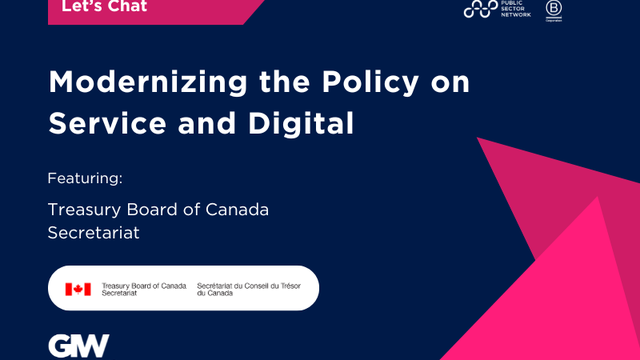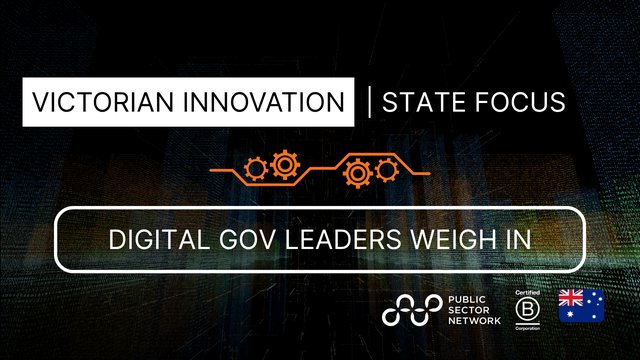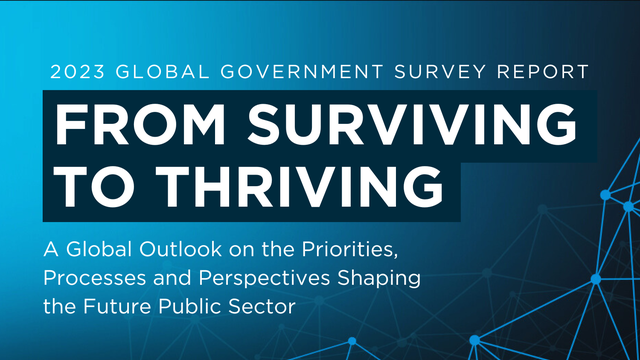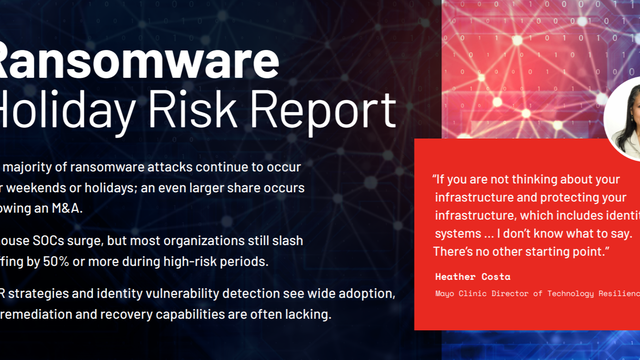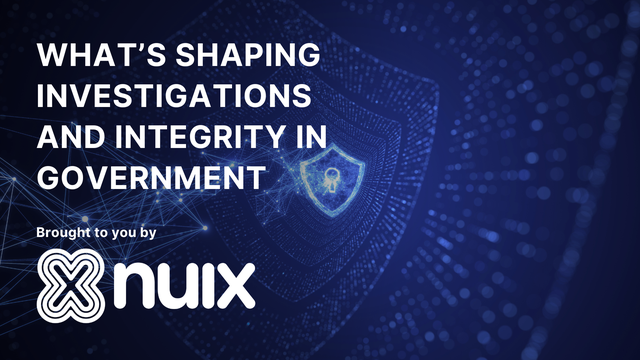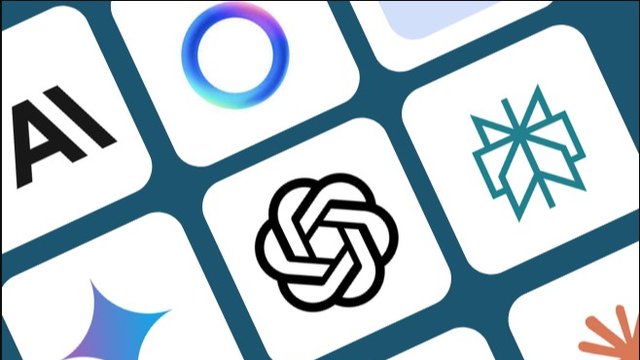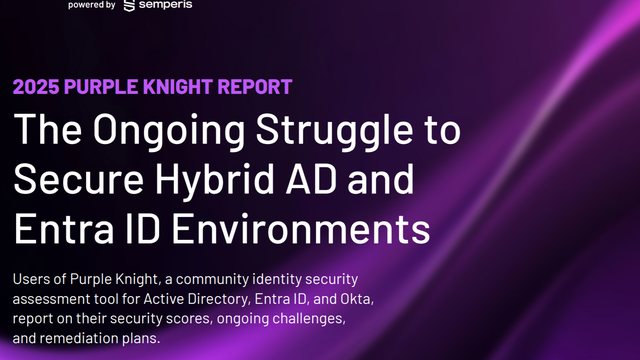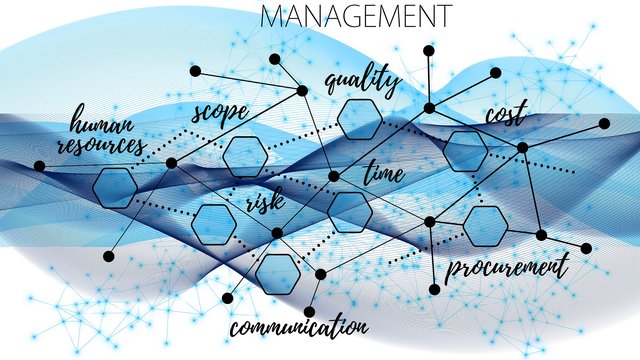
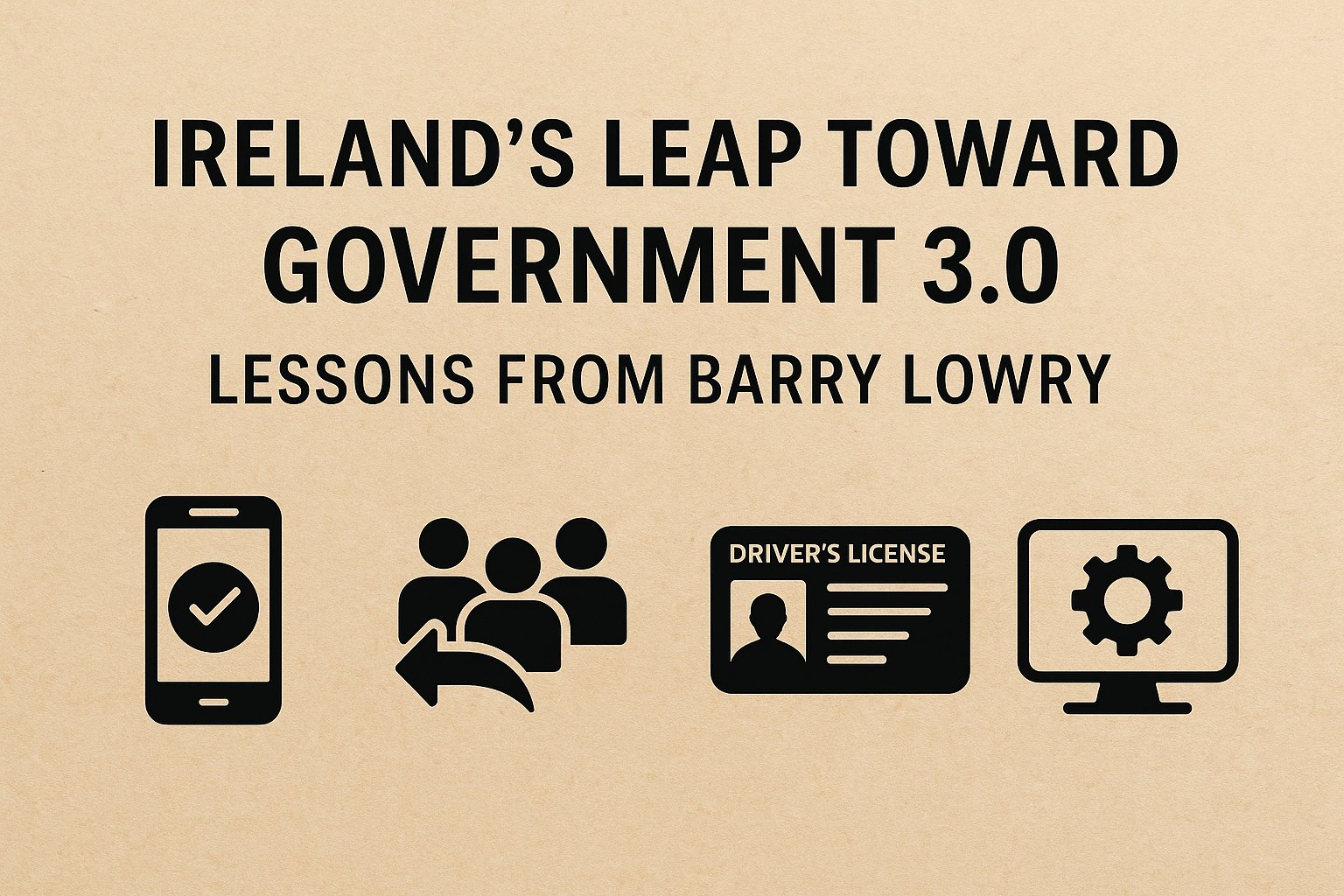
Something quietly powerful is happening in Ireland. Under Barry Lowry’s leadership—he’s been Government CIO there for a while now—Ireland isn’t just upgrading its services; it’s rethinking how government fits into people’s lives. This isn’t about swapping paper for pixels or chasing shiny new tech. It’s deeper. It’s structural. And it’s aligned with what we at the Future Government Institute (FGI) call Government 3.0.
Before we get into Ireland’s story, here’s a quick framing. At FGI, we use what we call the G0 to G4 model to describe the journey governments go through:
- G0: Paper Government – Paper-based, bureaucratic, hierarchical; services done to people
- G1: E-Government – Digital versions of analogue services; not much redesign
- G2: Social Government – Services designed for people, but still fragmented
- G3: Connected Government – Services co-created with people; integrated and trusted
- G4: Intelligent Government – Predictive, AI-powered, and real-time; anticipatory by design
Most governments are stuck in G2. A few are breaking through. Ireland is one of the clearest examples of what G3 looks like in the real world. It’s not loud. It’s not hyped. But it’s happening—and it’s working.
From Paper to Proactive: Barry’s Journey Across the Generations
Barry’s lived every stage of this evolution. He started in the G0 world—hand-writing welfare cheques, programming on COBOL systems, using actual paper files. He saw the early e-government wave, where paper forms became online PDFs. He helped departments get their first websites up and running. That was G1. Then came G2—the world of apps, agency portals, online transactions. Better, sure. But still siloed.
Now he’s leading Ireland’s shift to G3: integrated, responsive, collaborative government. Not just digital services—but services that are joined-up, real-time, and shaped around people’s lives.
In Ireland’s case, that means designing services around what actually happens in people’s lives, not the government org chart. It means trusting people with their own data and making it easier—not harder—to deal with government. Barry often says, “Own the past, co-create the future.” And that mindset has been key to making this more than just a policy document or strategy deck. It’s real.
Digital Identity and Trust: What the Wallet Represents
One of the most important things Ireland’s doing is building a Digital Wallet—a mobile app that holds verified credentials citizens can use anytime, anywhere. It started with the COVID digital vaccine cert, but quickly evolved. If government can prove your vaccination status, why not also prove your age, address, education, or licence?
What makes this different isn’t just the tech—it’s the intent. Barry and his team are building it to be permissionless. That means citizens can use their credentials however they want—not just inside government portals. It’s not about asking permission to prove who you are. Your data, your call. That’s what empowering the citizen actually looks like.
And the wallet is basically ready. It’s been tested, piloted—even by government ministers. The Irish Government plan to launch before end-2025 and are reviewing the legislative underpinnings of the various credentials that can be delivered in day one as opposed to later in the journey. Barry is increasingly confident that proof of ID, Age and Address can all be available in the launched wallet, which will be incredibly useful for things like opening a bank account or gym membership. It may take a little longer for a digital driver’s licence to carry the same legal weight as the paper version, but he’s patient, believing that the launch of the Wallet will be a pivotal moment in the digital journey of the Irish Government, particularly its move to Government 3.0.
Designing Around Real Lives, Not Departments
Another major shift happening in Ireland is how they’re designing services around life events, not agency silos. Take something like having a baby, starting a business, or losing a loved one. These aren’t government transactions—they’re emotional moments. Complex. Messy. Human.
Barry talks a lot about the idea of “tell us once”—especially in moments like bereavement. If someone passes away, the last thing their family should have to do is call six different agencies, retell the story, and fill out endless forms. It’s cruel. Ireland’s approach is simple: tell the government once, and the system quietly takes care of the rest.
That’s not just good service design—it’s compassion at scale. But here’s the reality: that kind of seamless experience is incredibly hard to deliver. Government wasn’t built for horizontal collaboration. Departments have their own budgets, rules, data systems, and legal frameworks. Getting them to work together isn’t just technical—it’s cultural.
Barry’s using his role at the centre of government to push that culture shift. He’s building trust between agencies, not just with citizens. And that trust is starting to pay off. Ireland is showing what it looks like when governments stop acting like collections of departments and start acting like a single service.
AI Without the Hype: Learning by Doing
Everyone’s talking about AI right now. But very few governments are doing it in a grounded, smart way. Ireland is one of them. No big bang announcements. No promises to “AI everything.” Just quiet, well-run pilots focused on actual problems.
They’ve tested AI in three areas:
- Helping citizens navigate websites and portals
- Using structured data more effectively inside agencies
- Extracting insights from unstructured files like PDFs and spreadsheets
What’s smart here is how the work is shared. These weren’t tech-only experiments. Senior policy leaders, like the Secretary General of Enterprise Ireland, co-owned them. And the results—both wins and misses—were shared publicly. That openness builds trust inside the system. It also builds confidence that AI isn’t just for IT people—it’s for everyone.
FGI calls this shared accountability for innovation. And Ireland’s proving it works. By starting small and keeping it real, they’re making AI something people trust—not something they fear. And that’s what makes it sustainable.
A Different Kind of Leadership
At the heart of all this is Barry’s leadership style. One of the things he said that really stuck with us at FGI is:
“Government is the only part of our lives that can be both exemplary in delivery and exemplary in the stewardship of data. There are no shareholders. There’s no hidden agenda.”
That’s the whole point. Government isn’t here to sell ads or move units. It exists to serve. If we do it right, we can have great services and protect people’s rights and data. That’s the moral case for digital transformation. Not just efficiency. Not just experience. But trust.
Barry walks that line well. He pushes for progress, but never forgets the purpose. He balances urgency with care. And most importantly, he keeps people—not tech—at the centre of the story.
Why Ireland Matters Right Now
Ireland hasn’t solved everything. No government has. But what they’re doing is real. It’s not theory. It’s not just good comms. It’s deep, methodical, people-centred reform. It’s Gov 3.0 in action.
At FGI, when people ask us, “Who’s actually doing this stuff well?”, Ireland is one of the first examples we give. Not because it’s perfect—but because it’s principled. It’s moving forward with purpose, not noise.
In a world full of hype, fast promises, and digital burnout, Ireland is quietly doing the work. And that’s exactly what future-ready government looks like.






